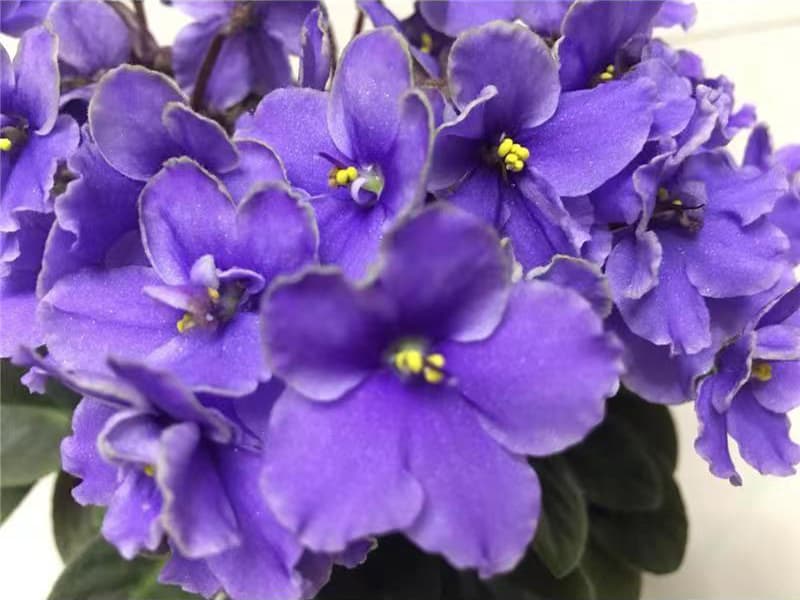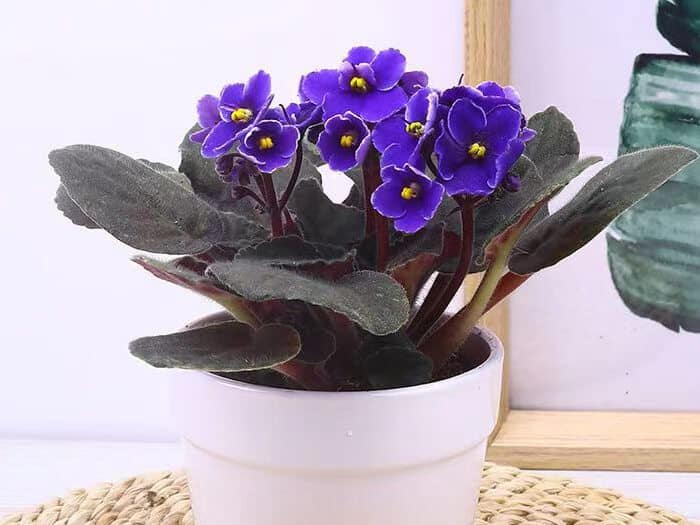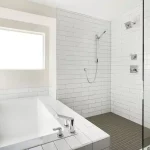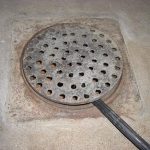The African violet, also known as Saintpaulia Ionantha, is one of the best flowering houseplants. The tropical rainforest region of east Africa, close to the boundary between Tanzania and Kenya, is where African violets are native. It is a short, compact plant with appealing thick, hairy, dark green leaves. Just above the foliage, violet-like blooms are produced.
In addition to different blue-violet hues, there are varieties of pink, fuchsia, and white. In addition to cultivars with single flowers, more recent violets now come in varieties with semi-double or double rows of petals.
Saintpaulia Ionantha Care
Saintpaulia Ionantha hybrids are extremely attractive indoor plants since they require little maintenance. African violets of the Saintpaulia Ionantha species are considerably more forgiving of minor negligence than most hybrids are.
Despite this, a few conditions must be met for the Saintpaulia Ionantha to flourish. After that, you’ll be able to appreciate their lovely blossoms for as long as necessary during the entire year. Although mistreated African violets may live, they won’t produce as many blossoms as those that receive sufficient care.
Sunlight
The main environment where African violets are unique is light. For Saintpaulia Ionantha to flourish, it needs strong, indirect light. The biggest problem many encounters with growing African violets is ensuring enough light for the plant to blossom. These plants require at least 12 hours of sunlight and 8 hours of darkness to bloom continuously for the greatest results.
As you discover which window in your house provides the ideal lighting conditions, you might need to move your Saintpaulia Ionantha a few times. The ideal location for your African violet may alter as the seasons change.
Soil
You can cultivate the African violet in normal potting soil or cactus mix. The best soil for growing African violets is well-drained and somewhat acidic soil.
Water
When growing Saintpaulia Ionantha, the soil should be moist but not soggy. Check the moisture level of the soil’s top inch using your finger. It’s likely time to water if somehow the soil is dry. African violets can tolerate a small amount of drought; as long as you don’t let them go too prolong without water, it’s good if the soil fully dries out occasionally. Expect to water your plants every 7 to 10 days, but this frequency can vary greatly depending on the location, the time of year, and the vessel.
A few lingering drops of water on the leaves might cause white spotting, so avoid getting water on them.
Temperature and Humidity
Saintpaulia Ionantha thrives happily at the typical home temperature. They thrive in temperatures between 60 and 80 degrees Fahrenheit but do well at around 70 degrees. While extreme heat can kill African violets, dangerously cold temps are worse.
Fertilizer
Although it won’t have as much access to nutrients as it would result in its natural habitat, your Saintpaulia will thrive best in a little container. Small fertilizer applications can go a long way in ensuring that your African violet is content and blooms for as long as possible.
Look for a mild, well-balanced fertilizer with equal amounts of nitrogen, phosphorus, and potassium in each element according to the NPK ratio.

Saintpaulia Ionantha Propagate
The ease with which African violets can be multiplied is one of the reasons they are so well-liked by owners of indoor plants. To grow more Saintpaulia for your use or to give to others is not difficult.
The simplest ways to multiply African violets are by division and leaf cuttings.
Pests And Plant Diseases
Saintpaulia Ionantha pests and diseases can affect African violets, but it’s often simple to maintain your plants’ health and prevent any problems.
These are the diseases and pests to be on the lookout for.
Pests Diseases
Mites are a major pest issue for African violets. Although the mites are too tiny to observe, you will notice curled and stunted leaves. Avoid mites altogether by keeping plants at a distance that prevents mites from moving from one plant to another. A houseplant miticide can be applied to an infected plant. Mealybugs are little pests with a white waxy covering around 14 inches long. It is challenging to get control of these pests after they have infected houseplants. Before bringing any new plants indoors, it is advisable to check them for mealybugs.
Plant Diseases
African violets are prone to crown and root rot, which kills the roots and leaves. Avoid overwatering your plants and ensure the container they are in has a drainage hole to avoid this issue.
African violets are now frequently given as gifts in industrialized nations. They are frequently for sale during holidays. They are a common indoor plant since they may bloom for most of the year and can withstand harsh conditions. I hope this information comes out useful for you.




